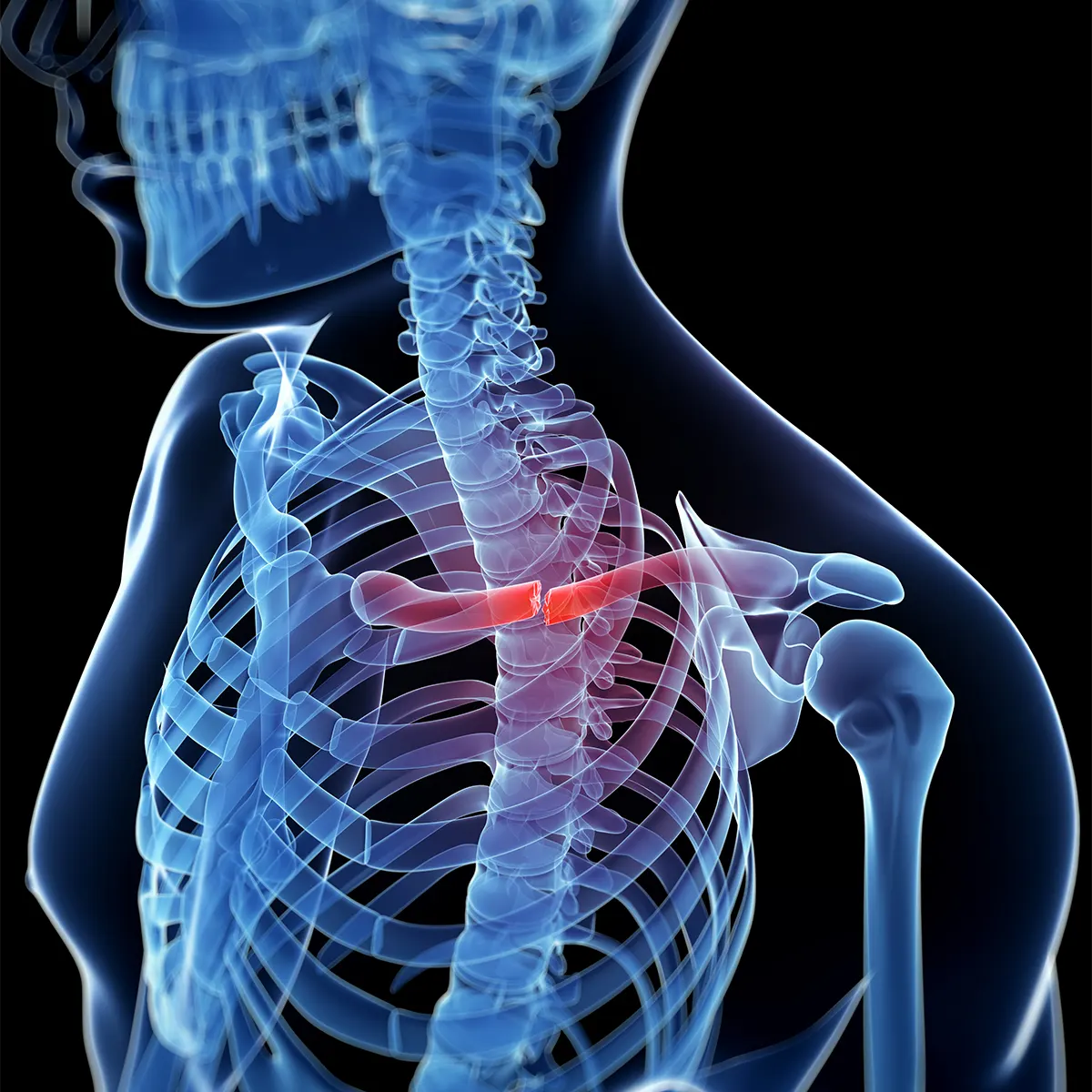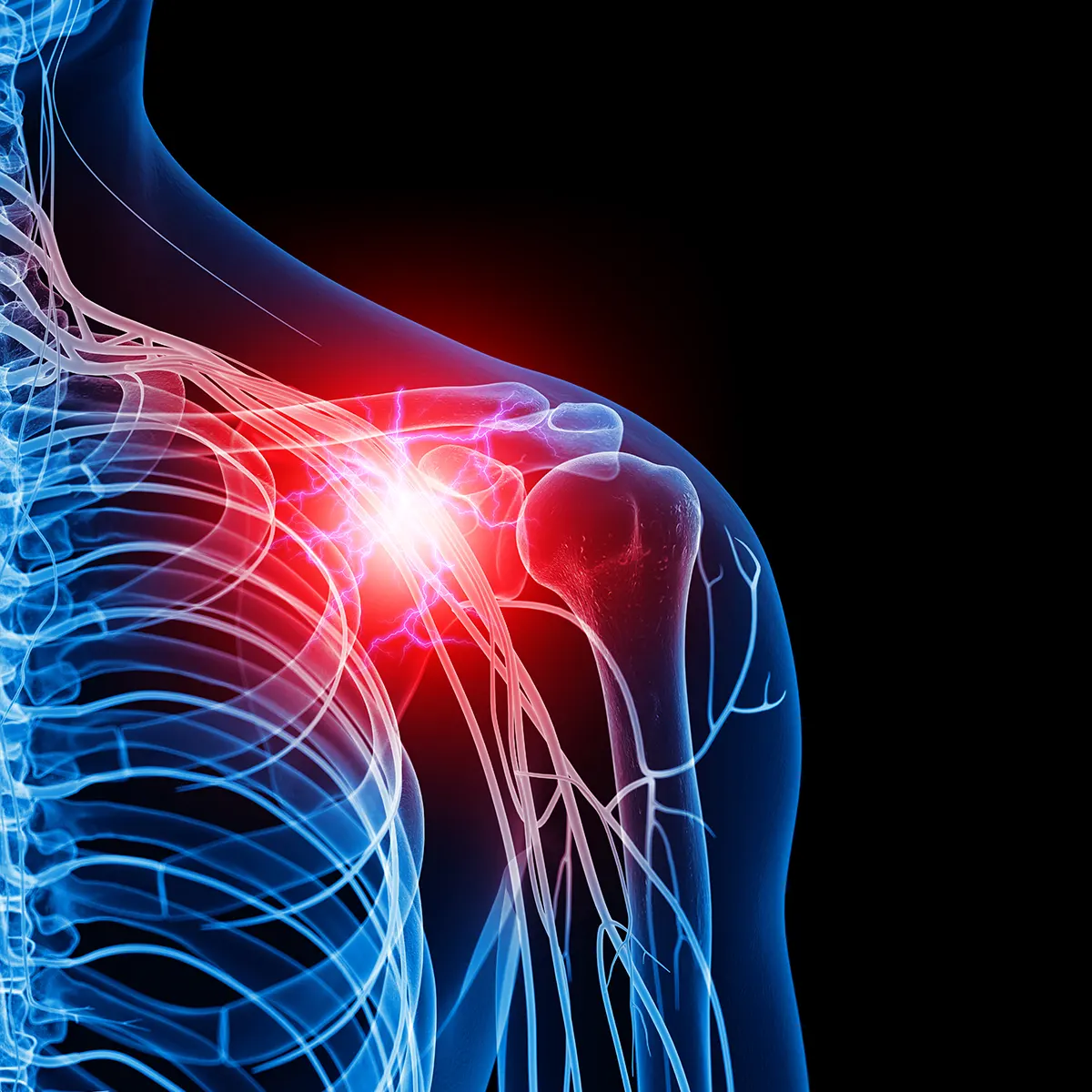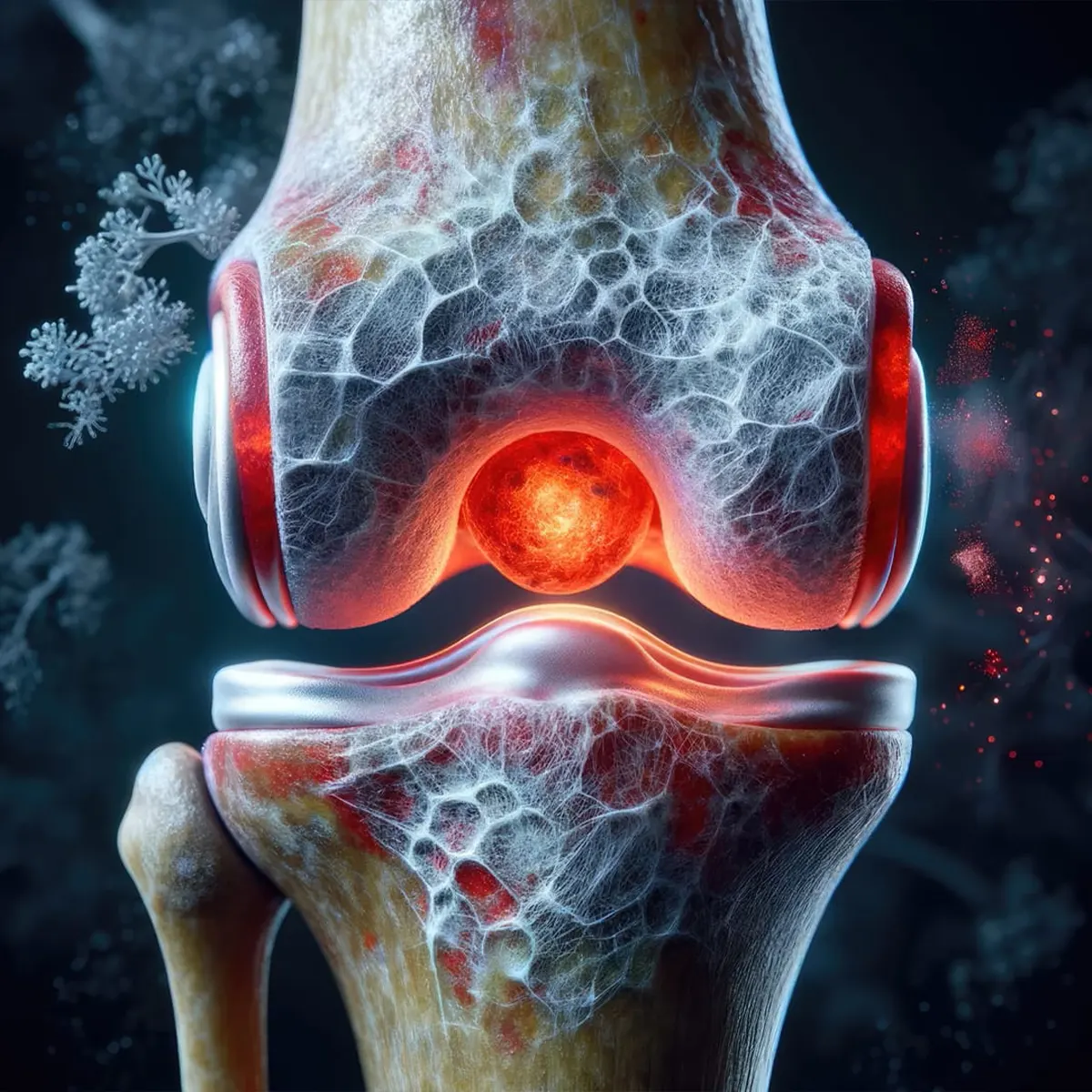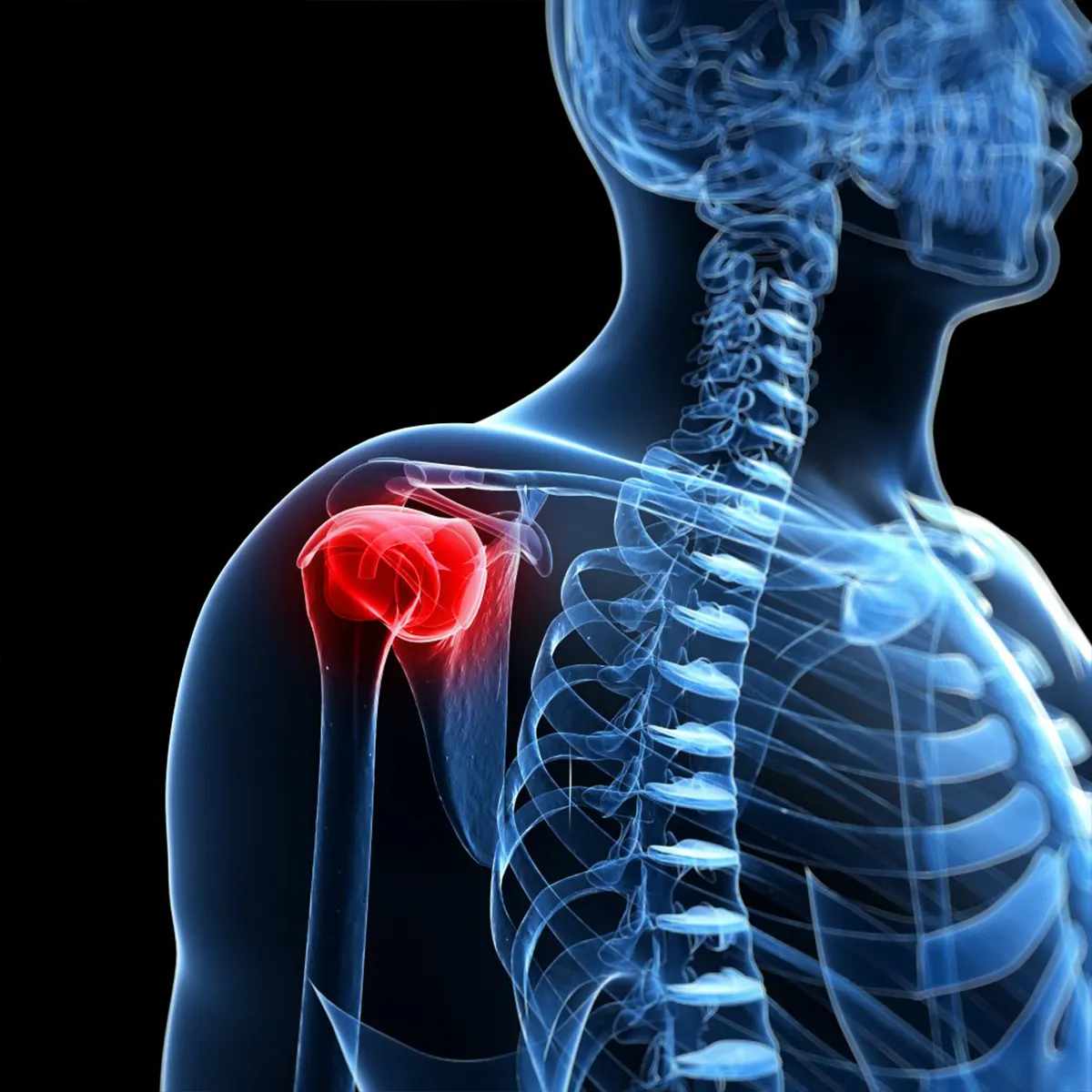The pectoralis major is a powerful chest muscle responsible for moving the arm forward, rotating it inward, and bringing it closer to the body. This muscle originates from two points: the sternum (breastbone) and the clavicle (collarbone). These sections converge into the pectoralis major tendon, which attaches to the humerus bone of the upper arm, near the biceps tendon.
Although injuries to the pectoralis major muscle and tendon are relatively rare, they are becoming increasingly common and can cause significant disability. Most injuries occur at the tendon and the myotendinous junction, where the muscle and tendon meet.
Causes of pectoralis major tendon injuries
The pectoralis major is typically injured during an eccentric contraction, where the muscle contracts while being stretched. This often happens when the arm is extended and externally rotated. A ruptured pectoralis major tendon, commonly known as a “pec tear,” is most frequently seen in men aged 20 to 40 during a bench press. Other activities that commonly lead to pectoralis major injuries include skiing, football, wrestling, rugby, and direct trauma.
symptoms of a torn pectoralis major
Symptoms of a pectoral muscle or tendon rupture include a sudden onset of pain in the chest and upper arm, bruising, and weakness. Many people report feeling a “pop” in the upper arm at the time of injury. Visible changes to the contour of the upper arm and armpit may also be noticeable. Additionally, pain and weakness often occur when trying to bring the arm forward or rotate it inward.
Diagnosis of torn pectoralis major tendon
A pectoral muscle or tendon injury can often be identified through a physical examination by a sports medicine physician. Common signs include changes in the shape of the chest wall and armpit on the injured side, as well as swelling and bruising. An ultrasound performed by a skilled practitioner can aid in diagnosis. However, a dedicated magnetic resonance imaging (MRI) of the chest and upper arm is the gold standard for determining the presence and extent of the injury.
pectoralis major tendon injury treatment
The treatment of pectoralis major injuries varies based on the severity of the injury and the patient’s overall health. Minor muscle injuries and those in elderly patients are typically managed with pain medications and physical therapy. Conversely, complete or near-complete ruptures of the tendon or myotendinous junction in younger or athletic patients often necessitate surgery to restore full function.
Surgery involves repairing the ruptured tendon by reattaching it to its original location on the upper arm. This is done by making an incision near the armpit and securing the tendon to small plastic screws or metal buttons placed in the humerus (upper arm bone). In cases of older or particularly severe injuries, a tendon graft may be needed to complete the repair.
Ready to book an appointment?
Other Shoulder Conditions







